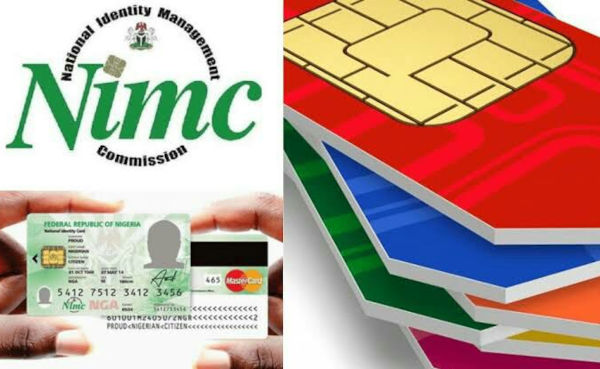The paycheck-to-paycheck cycle refers to a financial situation where an individual relies on each paycheck to cover their living expenses until the next paycheck is received. This often leaves no room for savings, unexpected expenses, or financial growth. Such a cycle can perpetuate financial stress as individuals are constantly in anticipation of their next paycheck, with little to no safety net in the event of a financial emergency. Breaking free from this cycle is essential for long-term financial stability and security. Here are some steps you can take to break free from the paycheck-to-paycheck cycle.

Table of Interests
1. Understand Your Current Financial Situation
The first step towards breaking out of the paycheck-to-paycheck cycle is understanding your current financial situation. This includes knowing your income, expenses, debts, and any financial obligations you may have. This will help you identify areas where you can cut back on expenses and create a budget that works for your income.
When assessing your financial situation, it is also important to take note of any loans you may have and their interest rates. Knowing this information will help you prioritize paying off high-interest loans first.
2. Create a Budget
Creating a budget is crucial in managing your finances and breaking the cycle of living paycheck to paycheck. A budget helps you track your spending, identify areas where you can cut back, and allocate your income towards specific financial goals.
When creating a budget, make sure to include all of your expenses, including bills, groceries, transportation costs, and any other necessary expenses. Be realistic with your budget and strive to find ways to reduce unnecessary expenses where possible.
3. Save for an Emergency Fund
Having an emergency fund is essential in breaking free from the paycheck-to-paycheck cycle. This fund acts as a safety net for unexpected expenses or financial emergencies. Aim to save at least 3-6 months’ worth of living expenses in your emergency fund.
If you are struggling to save, try starting small and gradually increasing your savings over time. Consider setting up automatic transfers from your checking to your savings account each month to make saving easier.
4. Pay Off High-Interest Debts
As mentioned earlier, knowing the interest rates of your loans is crucial in prioritizing which debts to pay off first. Start by paying off high-interest debts, such as credit card debt, as they can quickly accumulate and become a financial burden.
If you find a loan place nearest you with lower interest rates, consider refinancing your loans to save money on interest payments. This can also help you pay off your debts faster and break free from the paycheck-to-paycheck cycle sooner.
5. Find Ways to Increase Your Income
Increasing your income can help break the paycheck-to-paycheck cycle by giving you more financial freedom and allowing you to save or invest more. Consider taking on a side hustle, freelancing, or asking for a raise at your current job.
You could also look into alternative ways of borrowing money, such as peer-to-peer lending or community-based loans. These options may have lower interest rates and can help you break free from the cycle of relying on traditional loan places.
Conclusion
Breaking free from the paycheck-to-paycheck cycle takes time and effort, but it is essential for long-term financial stability. By understanding your finances, creating a budget, saving for emergencies, paying off high-interest debts, and finding ways to increase your income, you can break free from this cycle and achieve financial freedom. Remember to be patient and persistent in your efforts, and seek professional financial advice if needed. With dedication and determination, you can break the paycheck-to-paycheck cycle and take control of your finances.
So don’t wait any longer, start taking steps toward financial stability and freedom today! Be proactive and make positive changes in your spending and saving habits. Your future self will thank you for it.





























